Procedure for Starting and Stopping Generators on a Ship
A generator on a ship is known as the heart of the ship. It is that life-line which supports each and every function of the ship. Generator of the ship requires special care, attention, and maintenance for its effective and economic running. Moreover, when it comes to operating a generator on a ship, it’s a totally different ball game.
Unlike the conventional generators that we use on land, a ship’s generator requires a special procedure for starting and stopping it. Though not a very complex one, the process demands a step-by-step system to be followed. Missing even a single step might lead to failure in starting or stopping the generator and can even lead to “black-out”, a situation which everyone on ship tries their best to stay away from. In this article, we bring to you an accurate, step by step procedure for starting and stopping a generator on a ship.
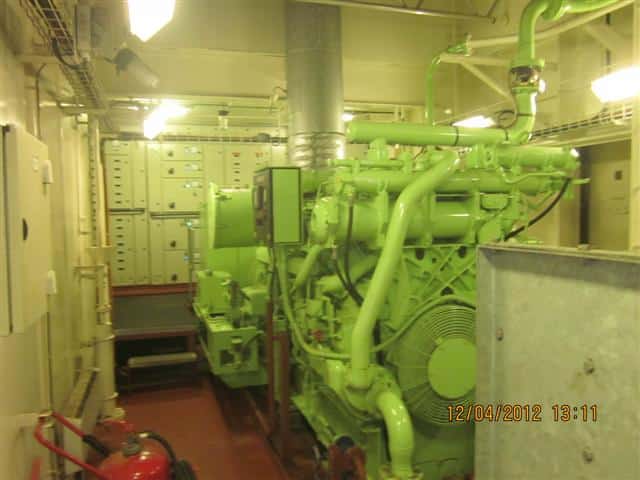
Generator starting procedure
Automatic Start
- This method is only possible if sufficient amount of starting air is available. The air valves and interlocks are operated like in the turning gear operation.
- In this method the operator has nothing to do, for the generator starts itself depending on the load requirement.
- However during the Maneuvering process and in restricted areas, the operator has to start by going into the computer based Power Management System (pms). Once inside the system, the operator needs to go to the generator page and click start.
- In PMS system, the automation follows sequence of starting, matching voltage and frequency of the incoming generator and the generator comes on load automatically.
- In case of a blackout condition or a dead ship condition, the operator might have to start the generator manually.
Manual start
The manual process is totally different from the automatic start system. The following steps need to be followed:
- Check that all the necessary valves and lines are open and no interlock is active on the generator before operating.
- Generally before starting the generator the indicator cocks are opened and small air kick is given with the help of the starting lever. After this, the lever is brought back to the zero position, which ensures there is no water leakage in the generator. The leakage can be from cylinder head, liner or from the turbocharger .
- The step is performed by putting the control to local position and then the generator is started locally.
- In case any water leakage is found, it is to be reported to a senior officer or chief engineer and further actions are to be taken.
- It is to note that this manual starting procedure is not followed generally on Ums ships, but it is a common procedure on manned engine room.
- In engine rooms, which have water mist fire fighting system installed, this procedure is not followed because when the engine is given a manual kick with open indicator cocks, small amount of smoke comes out of the heads which can lead to false fire alarm, resulting in release of water mist in the specified area.
- After checking the leakage, in case of any, the indicator cocks are closed and generator is started again from the local panel.
- The generator is then allowed to run on zero or no load condition for some time for about 5 minutes.
- After this the generator control is put to the remote mode.
- If the automation of the ship is in working after putting in remote mode the generator will come on load automatically after checking voltage and frequency parameters.
- If this doesn’t happen automatically, then one has to go to the generator panel in Engine control room and check the parameters.
- The parameters checked are voltage and the frequency of the incoming generator.
- The frequency can be increased or decreased by the frequency controller or governor control on the panel.
- The incoming generator is checked in synchroscope to see if it’s running fast or slow, which means if frequency is high or low.
- In synchroscope, it is checked that the needle moves in clockwise and anticlockwise direction.
- Clockwise direction means it is running fast and anti-clockwise means it is running slow.
- Generally the breaker is pressed when the needle moves in clockwise direction very slowly and when it comes in 11’o clock position.
- This process is to be done in supervision of experienced officer if someone is doing for the first time, for if this is done incorrectly the blackout can happen which can lead to accidents, if the ship is operating in restricted areas.
- Once this is done, the generator load will be shared almost equally by the number of generators running.
- After this the parameters of the generator are checked for any abnormalities.
Stopping procedure
Automatic Procedure
In this procedure the generator is stopped by going into the PMS system in the computer and pressing the stop button to bring stop the generator.
- This is to be followed only when two or more generators are running.
- Even if you trying to stop the only running generator it will not stop due to inbuilt safety. The safety system thus prevents a blackout.
- When the stop button is pressed the load is gradually reduced by the PMS and after following the procedure the generator is stopped.
Manual Procedure
- In this procedure the generator to be stopped, is put off load from the generator panel in the Engine control room.
- The load is reduced slowly by the governor control on the panel.
- The load is reduced until the load comes on the panel below 100 kw.
- When the load is below 100kw the breaker is pressed and the generator is taken off-load.
- The generator is allowed to run for 5 minutes in idle condition and the stop button is pressed on the panel.
- The generator is then stopped .
You may also like to read: Starting of Emergency generator.
Do you have info to share with us ? Suggest a correction
Latest Marine Technology Articles You Would Like:
- 10 Situations When Ship’s Generator Must be Stopped Immediately
- 10 Important Tests for Major Overhauling of Ship’s Generator
- 8 Important Points To Note For Maintenance Of Emergency Generators On Ship
- Understanding Different Operational Modes Of Shaft Generator On Ships
- Ways of starting and testing emergency generator
- What’s The Criteria For Reuse or Replacement of Auxiliary Engine Connecting Rod On Ships?
Subscribe To Our Newsletters
By subscribing, you agree to our Privacy Policy and may receive occasional deal communications; you can unsubscribe anytime.



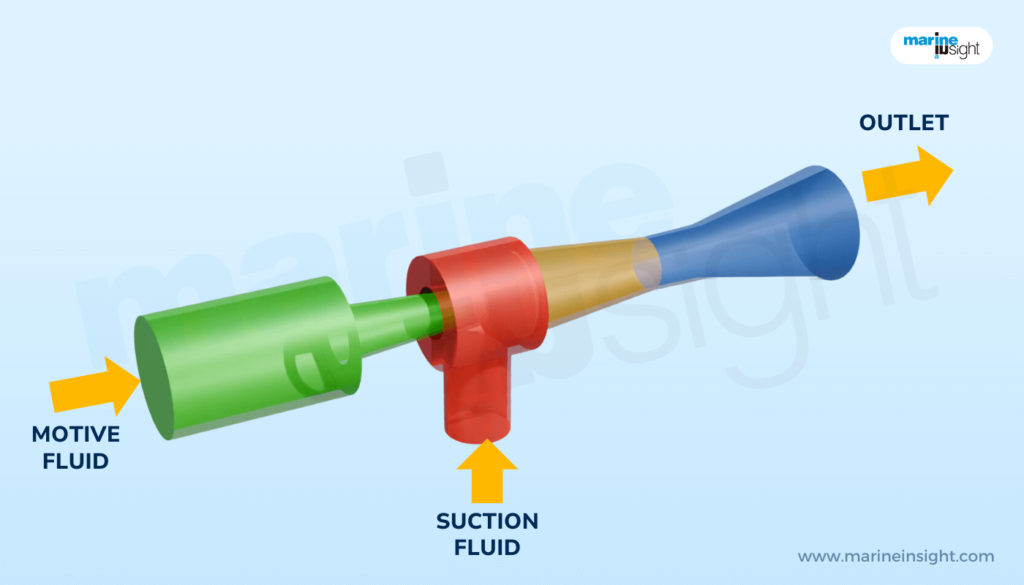
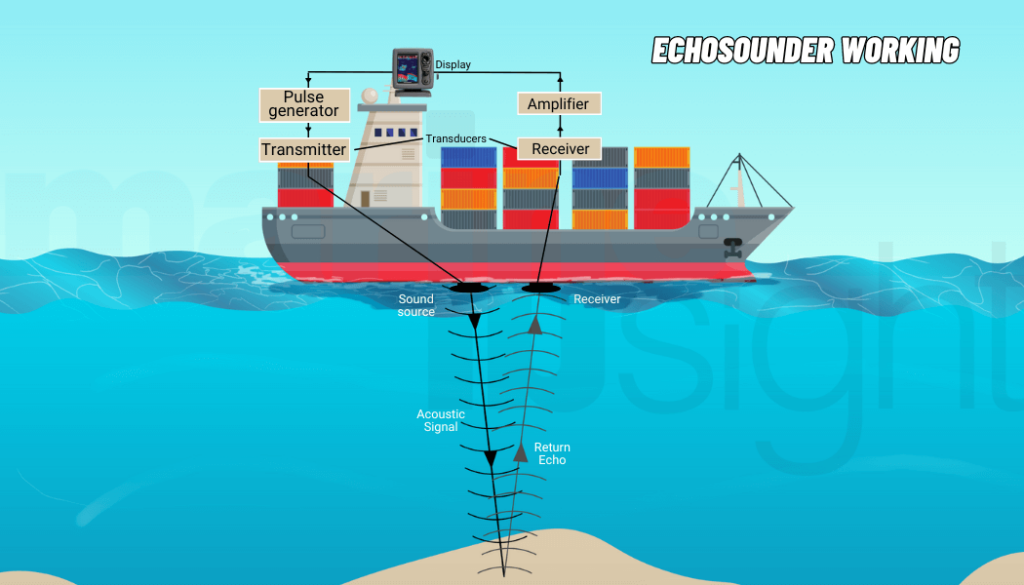

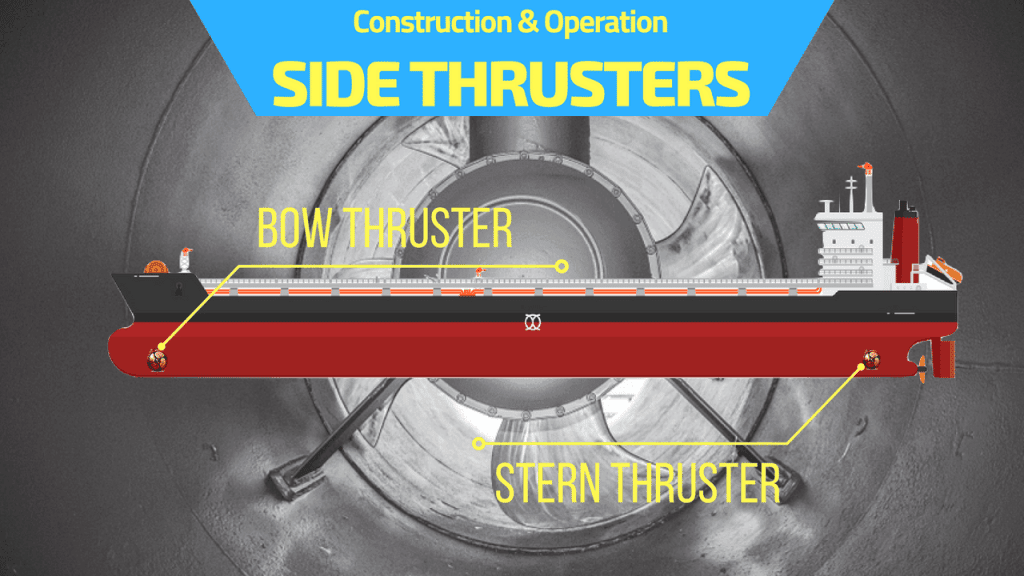
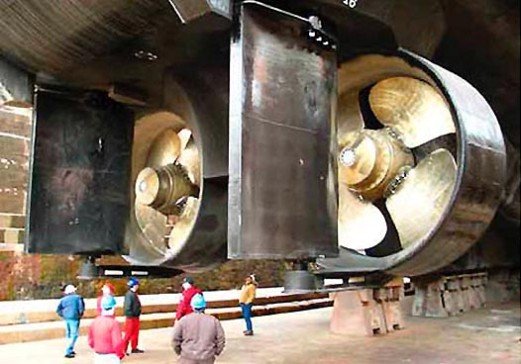
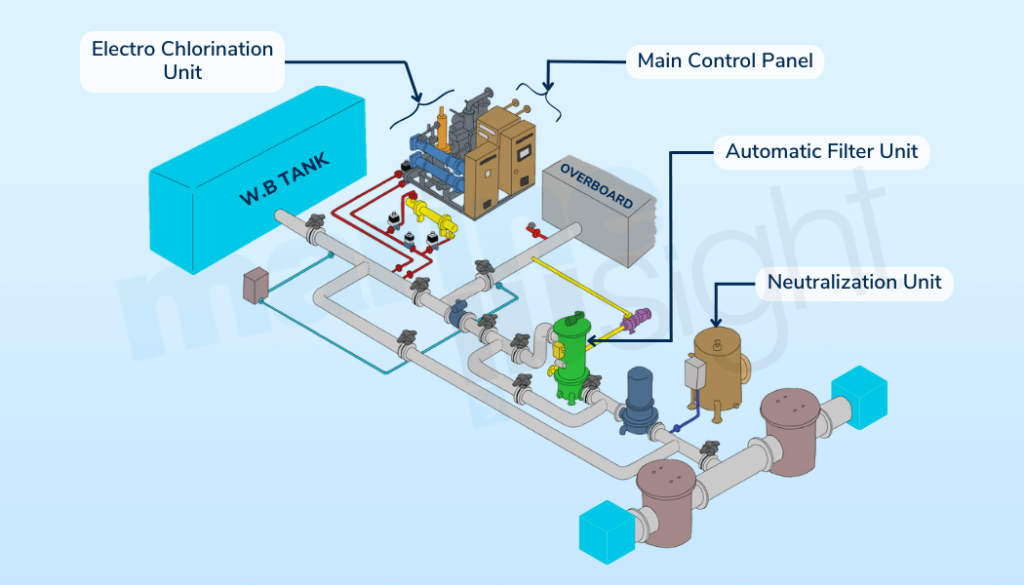

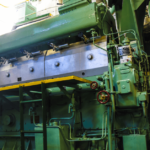
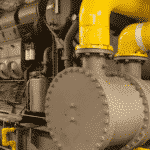

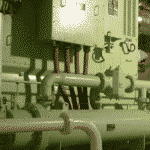
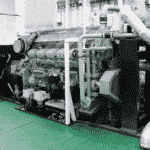
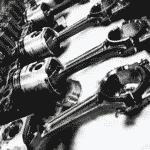
this page is very good
how do i stop an electric motor working as a generato as it is slowing down.
More power to your elbow, you people are doing a great job here.
Hypermist system is activated only when both smoke and flame(2flame sensors in my last ship) is activated in the event of fire. while blowing through a generator, if fuel is not cut out, combustion smoke can come out through the open indicator cocks and lead to a fire alarm by the smoke sensor if generator is not stopped quickly. But hypermist will not activate since flame detection is not there.
Thanks
Sudeep
sir, I am Sunil Kumar barik I have a work at aska co-oparetive sugar industry, Electrician .my educational qualifications. 10pass, 2com, ITI electrician tread with apprenticeship completed.
Marine insight is an excellent web for knowledge…..
@Noman: Thank You very much. Appreciations always motivate